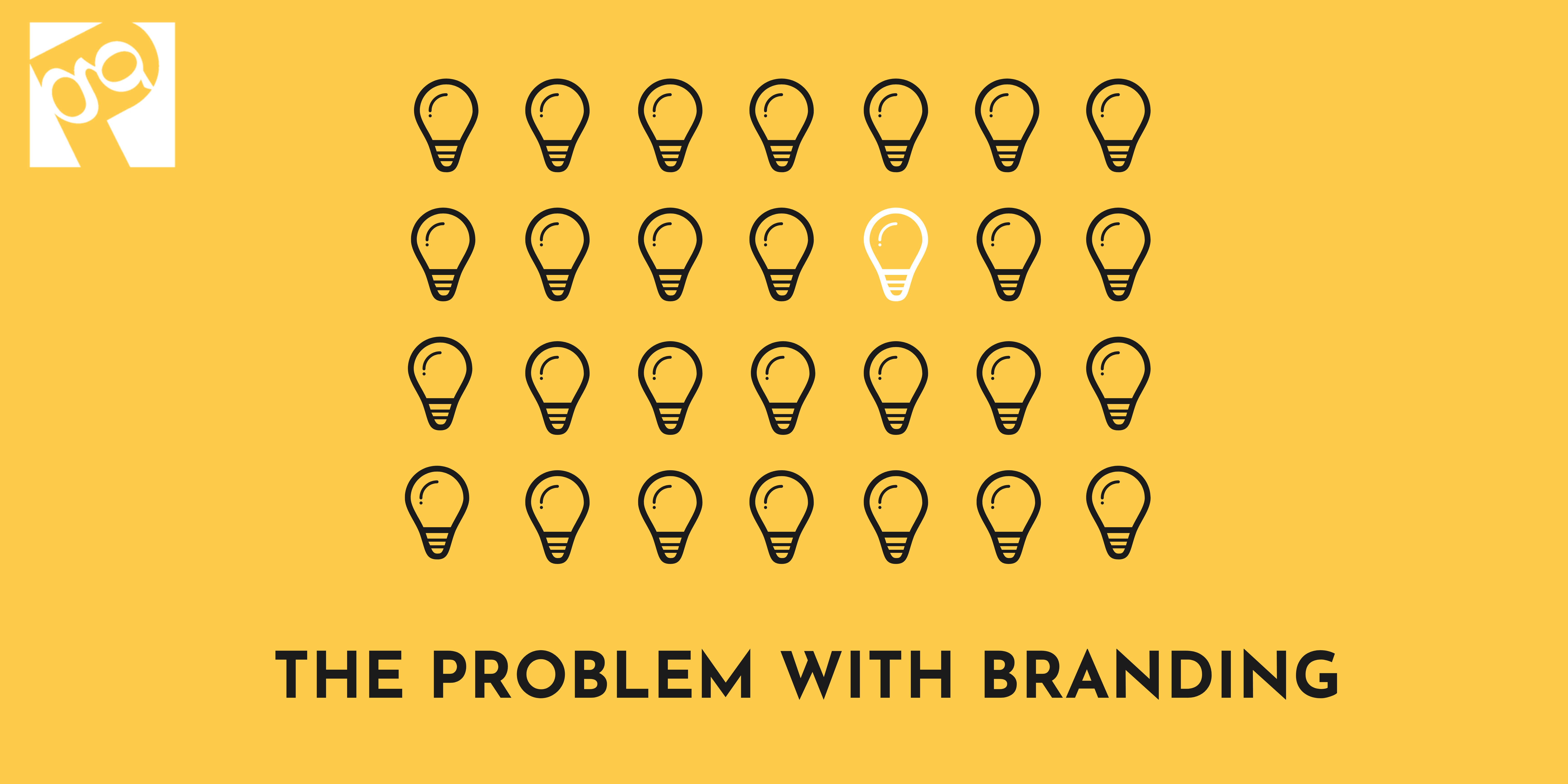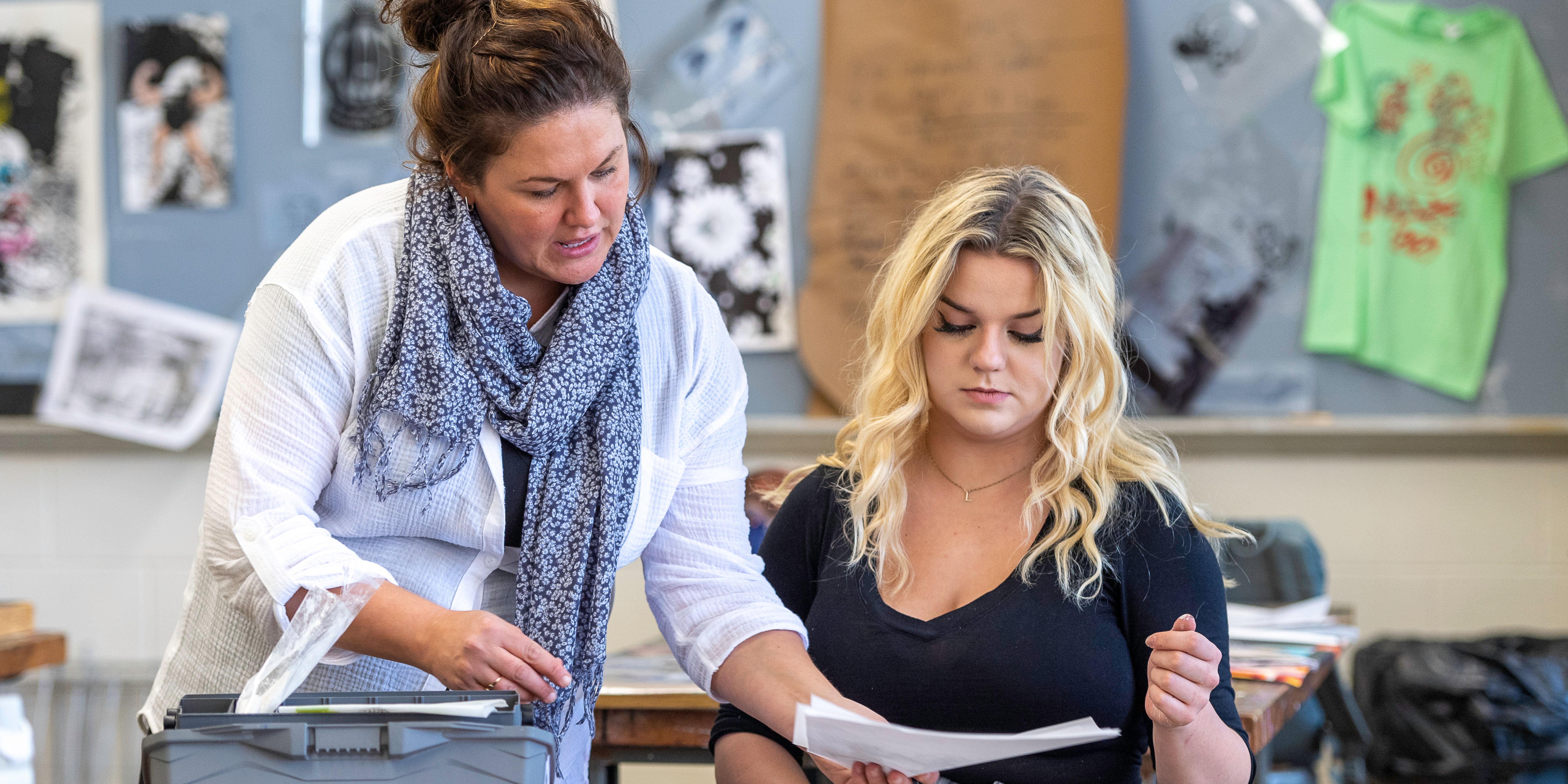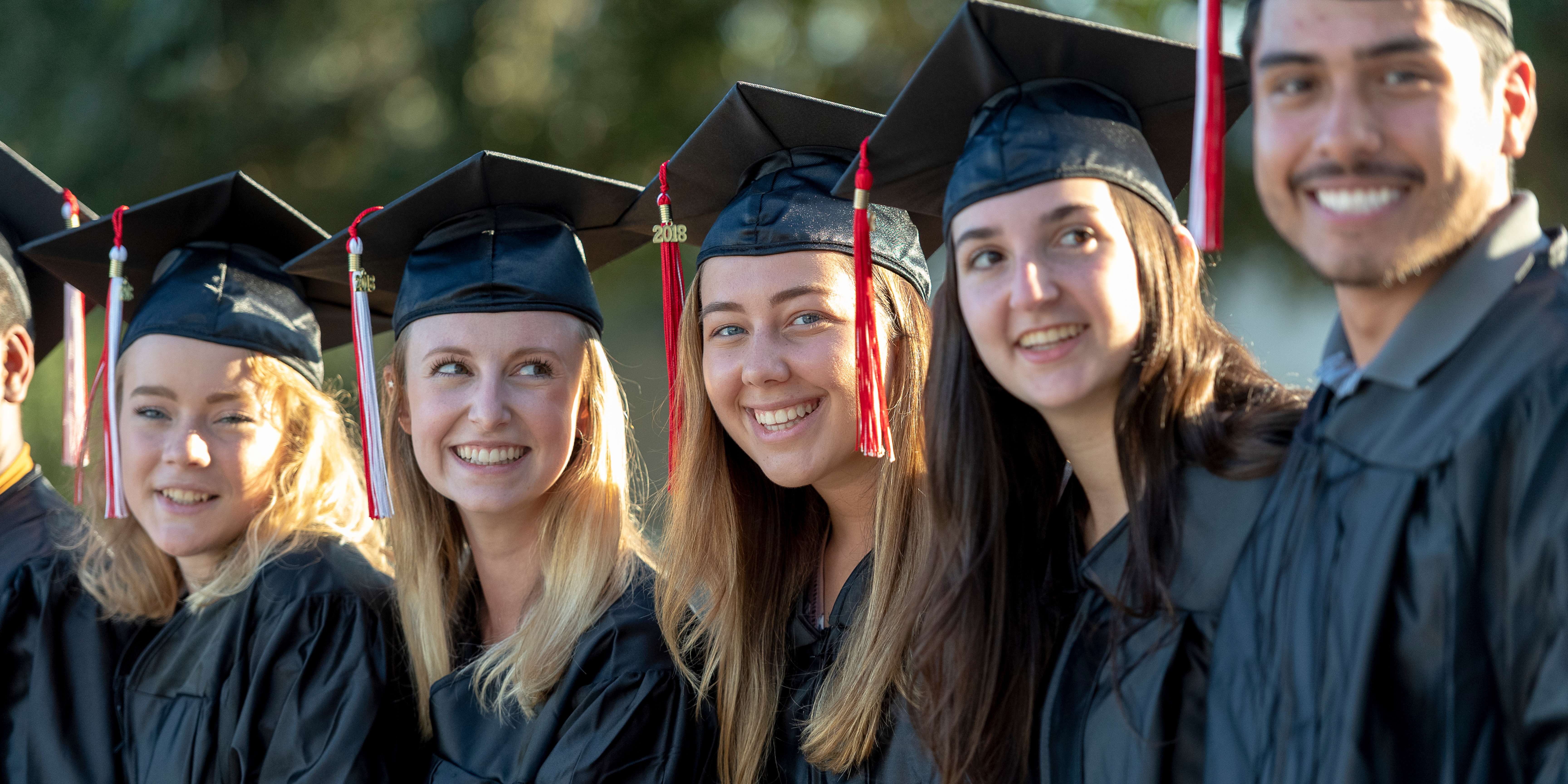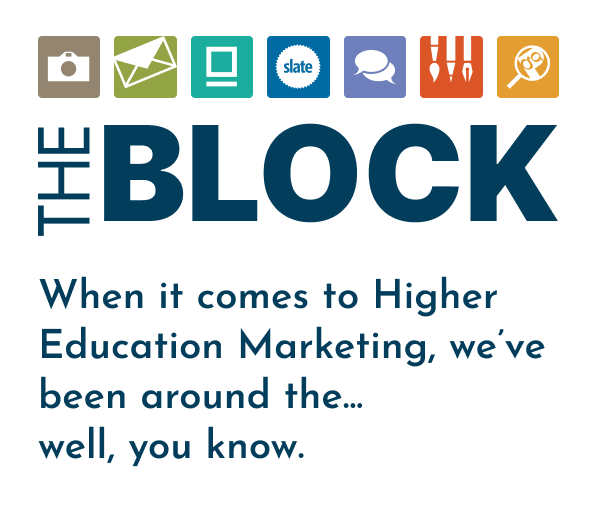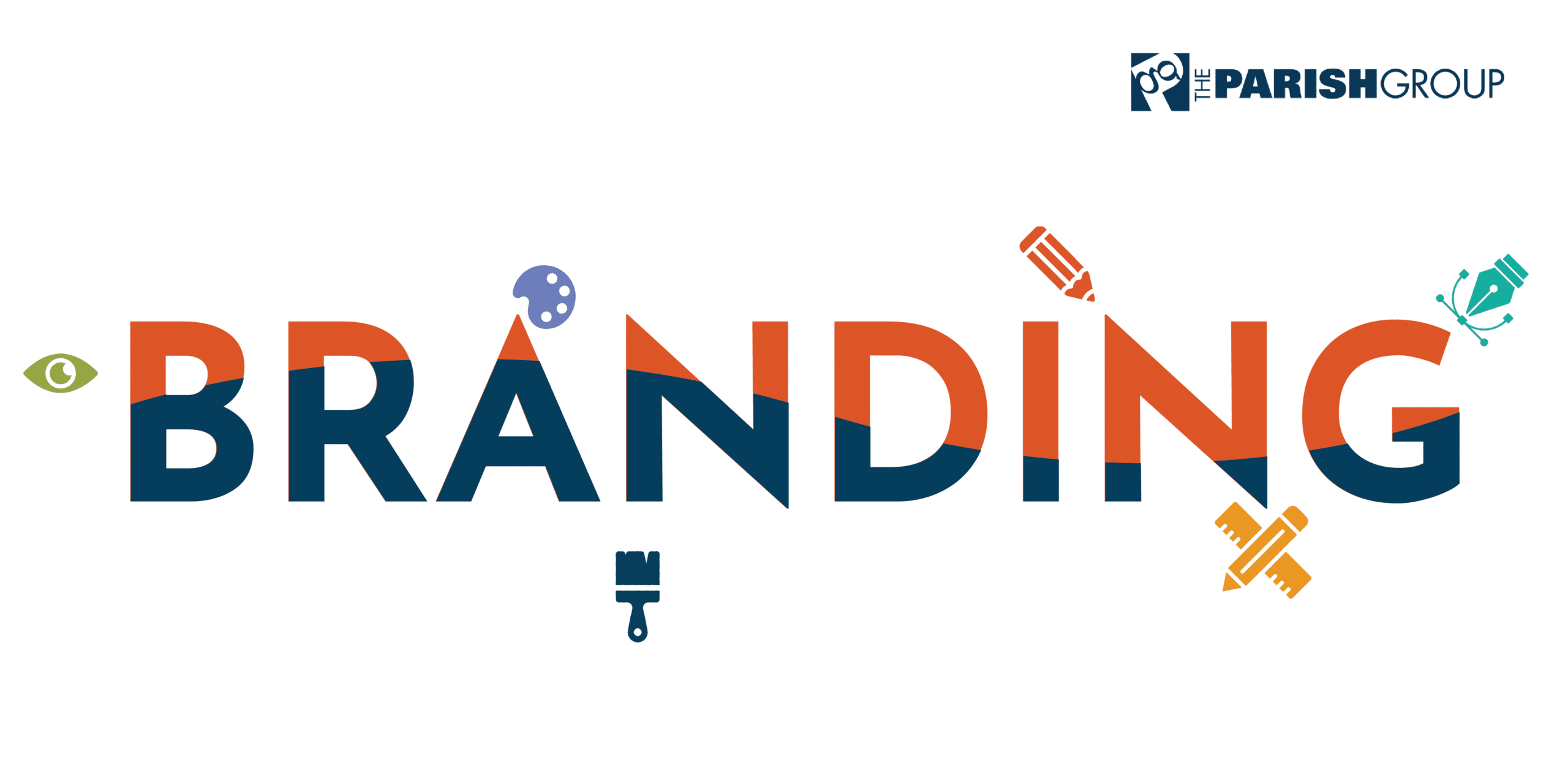
In today’s higher ed landscape, it’s extremely important to have a strong brand. Colleges and universities with strong brand recognition have reduced leg work to get in front of students—their brand does the heavy lifting.
Now with the push towards direct admissions, strong branding is becoming crucial to get your foot in the door.
For example, the state of Georgia just announced GEORGIA MATCH, a program that takes into account a student’s academic profile and finds public institutions that fit the bill.
On the other side of the country, Idaho LAUNCH alerts students of automatic acceptances into six or more in-state, public institutions before an application is ever submitted.
While this is great news for overall accessibility, this is a potential nightmare for smaller, private institutions. Schools that aren’t household names will be left in the dust if their branding strategy isn’t aligned.
We reached out to three marketing pros in the industry for more insight: Campbell University’s Vincent Benbenek, Saint Vincent College’s Simon Stuchlik, and University of Pittsburgh’s Angela Burrows.
Simon Stuchlik, the Vice President of Marketing at Saint Vincent College, brings another pressing point. “The times of being able to lean on aspects like word-of-mouth or great financial aid are over. The competition’s growing— there are more and more colleges and universities, and fewer high school graduates.”
So how can we tee up a brand for success? Think C.
Coordination
Think of all the silos within a college or university. Different academic, athletic, and arts programs. Different offices for alumni relations, admissions, and financial aid. And that’s just to name a few.
Plus, many schools utilize vendors to help with marketing, audits, lead generation, and more.
It can be difficult to get every pillar within (and outside of) a school on the same page. That’s where coordination comes into play.
Campbell University’s Chief Marketing Officer Vincent Benbenek explains, “Programs within schools need to be run like business units. Brand narrative is inclusive to all the colleges and separate programs— they are the tapestry that makes up an institution’s brand. When we establish a consistent brand narrative, everybody benefits.”
Each program will have its own value proposition, and in wrangling it into the overall brand narrative, you must be flexible, says Benbenek.
That means getting buy-in from everybody about what your brand narrative is. Listen to what people say about your school and find correlation.
This goes not only for students, faculty, staff, and alumni, but also community locals and others outside of the campus. Understanding how your brand resonates to those not as familiar will help you better market towards high schoolers and their parents.
“As marketing leaders, you must maintain availability and constant streams of communication. Make sure different teams know what’s currently running, where to find it, and who to talk to,” says Simon Stuchlik.
Of course, coordination is not a task for the lazy kind. It requires marketing teams to be the driver, and as Benbenek puts it, “it is incumbent upon marketing teams to push the process and help individual units to set clear goals and objectives for themselves within the larger context of the brand.”
Consistency
If you only see something once, how often are you going to remember it? If you see something ten times, memory will work its magic.
Consistency is crucial to making your brand stick in people’s minds. When not done enough, we have something like the billboard dilemma.
Imagine your school has just rented out a billboard in a target market location. You want to maximize the information you’re able to squeeze into this large piece of marketing real estate, right?
Nope.
First, one billboard isn’t going to be enough. Second, how much can one driver read passing by a billboard realistically?
In this scenario, you need multiple billboards down the same road to create a consistent message. Each of these can highlight one part of the school to shape the story of the brand.
Of course billboards aren’t the be-all-end-all for marketing delivery. Utilizing spreads in local magazines, having a lively social media presence, even renting spaces on mall kiosks are great ways to improve your brand visibility.
“Building brand awareness is a pre-qualifier for applicant lead generation,” says Benbenek. “When you create 10-12 separate things that together create an overall story, that’s when you can convince a student to apply.”
On the design end, it’s crucial graphic designers are consistent in their school’s visual branding guidelines. Designers are the driving force behind the visual of a brand, after all.
And strong branding goes beyond copy. “Textures, colors, photographs, even the tools and strategies used to produce content should align with the overall brand strategy,” notes Angela Burrows, the Associate Vice Chancellor for Strategic Communications, University of Pittsburgh’s Health Sciences.
You might come across a designer who ever so often gets bored of the ‘brand box’ they’re put in.
“You must give constraints without making them feel boxed in,” says Benbenek. “Good graphic designers should feel freed up enough in the decisions they don’t have to make to create something engaging. Ultimately, when you don’t have to see the logo to know the school behind the design, that’s when you’ve arrived.”
We see our brand every day. But your target audience might only see it once a month. And, as Stuchlik notes, “There may be dozens of different offices working to push different messages, but at the end of the day, students just see a message from your college.”
And with the information overload high schoolers receive on the daily, “you have to hammer a consistent message, and do it as concisely as possible in an overt way,” says Burrows.
Continuity
There are a few reasons continuity is important to branding.
First, as Burrows puts it, “Effective marketing is a long game. You’ve got to give it at least three years to take hold. Taglines may change, but your essence doesn’t.”
Patience is a virtue in this industry after all.
Then, as we all know, higher ed has a high turnover rate. Point blank period.
With new staff (and new vendors) cycling through to create designs, digital ads, social media posts, and more, you need to make sure that your school’s brand has continuity and carries through the changing of hands.
Meaning: you don’t want it obvious when a new social media manager or graphic designer is on board.
In this case, it’s important to retain the talent you have. “If you lose one graphic designer, you might lose the person with institutional history, potentially changing team dynamics. You run the risk of losing the momentum you’ve gained,” says Burrows.
New talent might want to throw their mark onto the school. But is this because something isn’t resonating with the audience? Is the brand or the delivery of the brand not working?
Likewise, how have you crafted your brand to stand the test of time? Rebranding—while sometimes necessary—is costly, difficult undertaking and certainly not something you want to do every couple of years.
Continuity, says Stuchlik, is about building systems on the back end. “Brand platforms must go beyond guidelines. What’s our identity? What’s our tone?”
“Brands are always a work in progress, and there will always be a group wanting to do their own thing,” says Benbenek. But a brand with longevity will have been given space to breathe, develop, and make an impact.
Need Help with Branding Services?
We all know how important branding is. The hardest (and often first) part is the thoughtful decision to address and energize your brand.
If you’re looking for extra support with brand architecture, position, design, or strategy, The Parish Group is at your service.
Our dedicated team of higher ed pros can help develop strategies so your brand has increased visibility and can stand the test of time.
Reach out at success@parishgroup.com or call our office at 828-505-3000.
Together, we do BIG things.
Special thanks to Vincent Benbenek, Simon Stuchlik, and Angela Burrows for their insights on this article.



